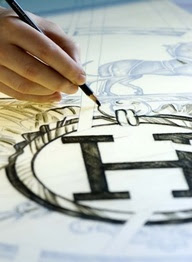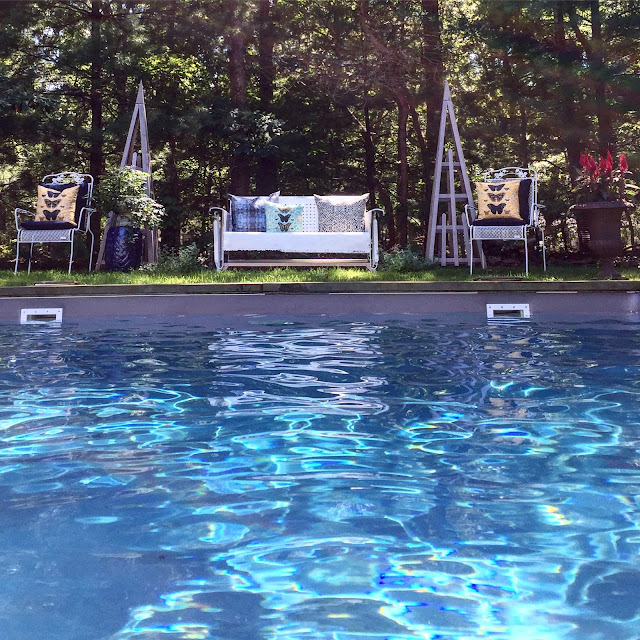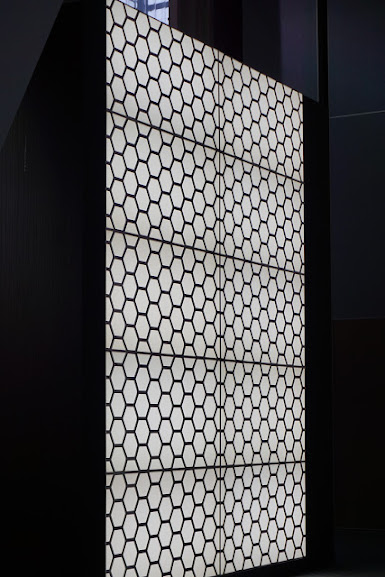WHY IN DESIGN column about Espalier in the garden: the history, beauty & practicality of this art form
image via RiverRoad Farms
photo via espalier board
A Secret Garden. The story captured the magic of a hidden garden and how it can provide a respite from our lives. This book was one of the first I remember where the author puts the medicinal values of the garden to pen.
Let's talk about espalier in the garden...
What is espalier?
"it is the horticultural and ancient agricultural practice of controlling woody plant growth for the production of fruit, by pruning and tying branches to a frame, frequently in formal patterns, flat against a structure such as a wall, fence, or trellis, and also plants which have been shaped in this way."
When I first traveled to France,I became enamored with these flat trees that seemed to drape over many of the country's historic homes, buildings, fields and fences. Seemingly growing wild in this strange manner, I soon learned more about these gorgeous wonders. Although the word espalier is French, it is derived from the Italian word "spalliera", which means to rest the shoulder against. Since the 17th century the word has morphed slightly from at first meaning a trellis of sorts to now reflecting an entire practice of training plants. The Romans started it, and the practice continued throughout history becoming an art form during the Middle Ages throughout Europe in order to create flat trees inside castle gardens and courtyards and continues to be used all over the world today.
Today, let's pay homage to the espalier, maybe learn a bit about the practice. Adding an espalier tree to my garden is at the top of my "to do" gardening wish. Training a fruit tree to grow in this manner allows it to thrive in an uncrowded way giving each bloom more room and light and is perfect for a small garden. Basically, you train the branches to grow in this unusual fashion, first in a vertical manner then guiding the branches horizontally.
Shaping plants and flora is certainly not original to espalier and we have been shaping for thousands of years- examples include grape plants for wine vineyards, Japanese Bonsai, grafting trees, Pleaching and Topiary. Each one of these art forms has their own history and practical purposes. For espalier, the training begins with cutting the unbranched tree to a short 15-18 inches above ground only allowing the top three buds to form...the middle branch is trained vertically with the two others in a V-shape. One form of espalier is commonly referred to as a "Belgian Fence", where the espalier trees are lined up a row 2 inches apart, and the result is visually stunning.
the photograph above courtesy RiverRoad Farms
For more information on espalier trees, check out this
espalier video from River Road Farms in Tennessee
of course as can be seen from these lovely photographs, espalier is not utilized on fruit trees and in fact can be assigned to many different plants and flowering blooms.
I love this simple HOW TO make espalier
provided by Better Homes & Gardens magazine!
Happy Nesting
XO Tamara















